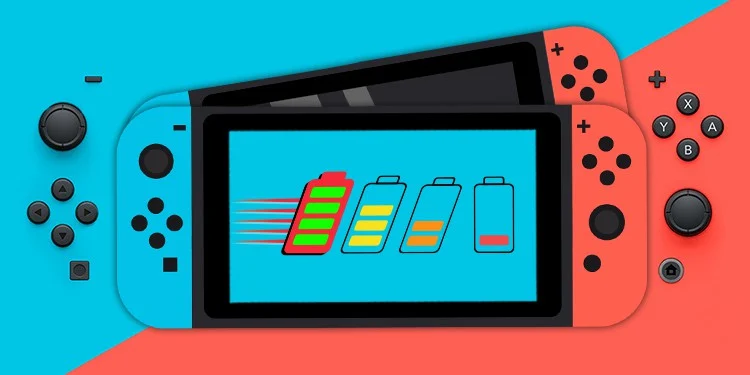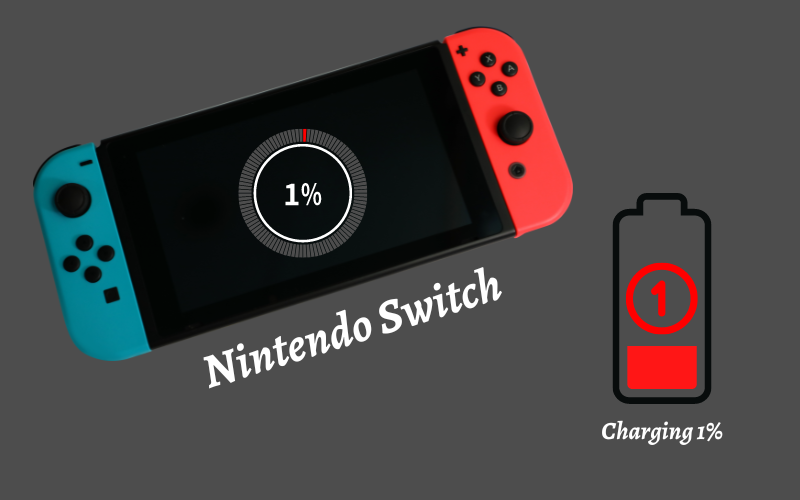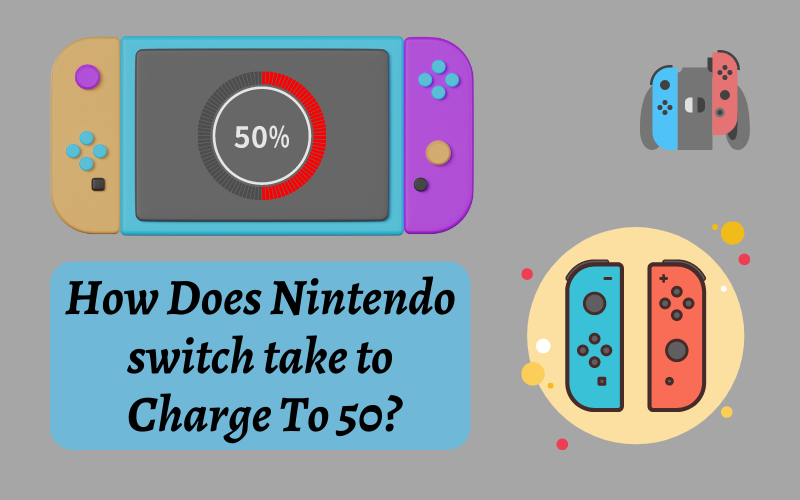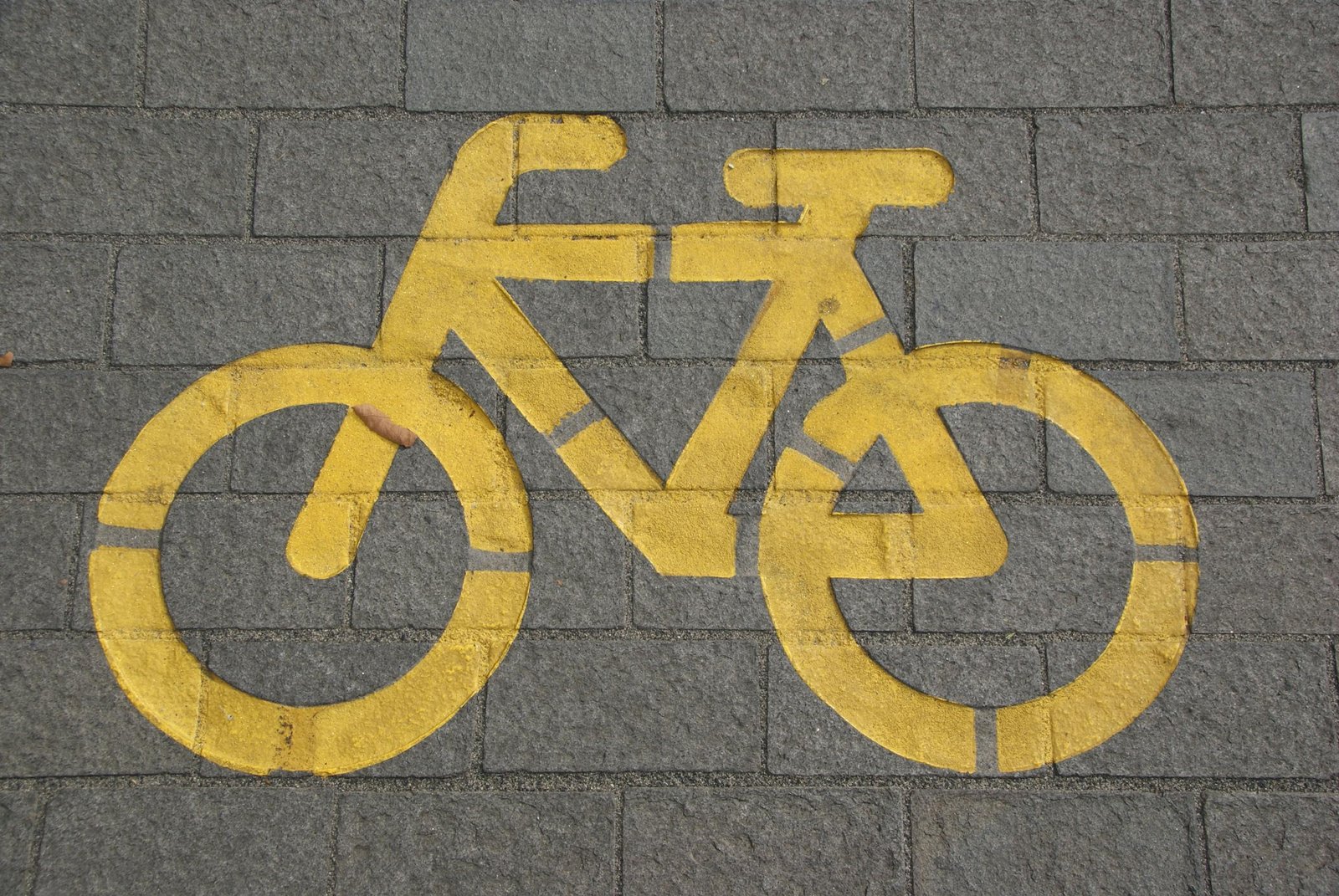The Nintendo Switch’s convenient design and docking capabilities transformed gaming. Owners can almost always take their Switch with them and play for hours on a full charge. Naturally, you might be curious about how long does it take to charge a Nintendo Switch.
When you plug it back in after being away from the dock, you’ll need to wait for it to charge at least a little before you can play it again if the battery wear out. However, each model’s out-of-dock battery life varies depending on the model and serial number.
How To Tell If Switch is Charging When Dead?
Your Nintendo Switch may have problems turning on or starting for various reasons. Here are a few of the most frequent causes:
- Broken battery
- Console harm
- A damaged power outlet, cable, or power strip
- Software problems
Can You Play Switch While Charging?
Yes! You can. While it charges, you can use your Switch without risk. It doesn’t matter if you do it on the dock or with the charging cord plugged in. However, playing games that need a lot of power may take your battery longer to refuel. Especially 3D games with extensive draw lengths.
But playing when your device is docked or charging is a great idea. Doing this allows you to use your Switch at its peak efficiency without being concerned about battery life. You could find that your Switch handheld seems warmer than usual if you play while it charges. Alternatively, the internal fan can start to run. But relax; these are all prevalent occurrences.
How Long Does A Fully Charged Nintendo Switch Last?
A Nintendo Switch typically needs 3 to 3.5 hours to recharge from a dead battery fully. This time, however, varies according to the Switch model you have, the age of your console, and the kind of charger you are using. The time it takes to charge your Switch is the same as the time it takes to charge any associated Joy-Cons.

When the Nintendo Switch console is turned off or in sleep mode, it takes roughly 3 hours to charge fully. When the console is in use, the charging process takes longer. How long does a switch battery last? The battery life is between 4.5 to 9 hours it also depends on the battery type.
How Long Does It Take to Charge A Nintendo Switch To 1 Percent?
Depending on your charger, the battery’s condition, and the specific device, charging a Nintendo Switch from 0% to 1% can take between 10 and 15 minutes. Because it may shorten the battery’s lifespan, keeping the Switch battery from going this low is preferable.

When your Switch reaches 1% battery, it starts using its reserve charge and minimizes energy output by not running unnecessary background programs. As a result, going from 1% to 0% takes longer than going from 2% to 1%.
How Long Does It Take for A Nintendo Switch to Charge To 50
How long does it take for a Nintendo Switch to charge half way? The Nintendo Switch takes 1.5 to 2 hours to reach 50% of the charger. Most experts, including Nintendo itself, advise starting a charge for your Switch when the battery is between 20 and 30% and stopping the charge when it is between 90 and 95%.

The ideal time to charge your Switch is when it is about to reach 50%. It recommends waiting until the battery fully charges before disconnecting or undocking when you do this.
This time depends on several variables, including the age of your Switch, the game you’re playing, the condition of the battery, and other less well-known ones like screen brightness and environmental temperatures.
Preserving the Life of the Nintendo Switch Battery
By taking easy steps, you may lengthen the battery life and keep using the gadget for a very long time. Here are a few tips:
- Your battery will last longer if you keep the device and battery at normal temperature because heat quickly damages batteries. The ideal range is between 70 and 77 degrees Fahrenheit. The Switch’s battery should not be exposed to high temperatures as this will harm the gadget.
- The device shouldn’t use once the battery is dead. Since lithium-ion batteries don’t retain their charge, they shouldn’t discharge to zero.
- The best course of action is typically to charge your Switch once the battery has reached 15–25%. However, it advises utilizing it entirely and recharging it to 100% after 25–35 charging cycles.
- Additionally, charging it 100% each time is not advised; more than 85 to 95% of the charge is sufficient.
- Since a high charge has the highest oxidation, which is dangerous and can gradually tear down items, you shouldn’t leave your gadget charged if you need to keep it around but aren’t using it. The ideal setting is between 70 and 77 degrees Fahrenheit with your Switch discharged to 25 to 30 percent.
That may seem a bit obvious, but I believe many individuals are unaware of easy ways to extend the life of your Switch battery.
Some Tips to Keep Your Nintendo Switch in Good Working Order
To keep your Nintendo Switch in functioning order, abide by the following rules:
- Run the most recent software updates frequently to stave off potential bugs and maintain your Switch game ready.
- Keep your Switch console’s controllers plugged in when not in use so they’ll be fully charged for when you’re ready to play.
- Keep your Switch dry, spotless, and well-ventilated while storing it away from the ground.
- Keep your console away from heat sources and bright sunshine.
- Regularly use compressed air to clean your console’s vents, slats, power port, and the area around it.
- At least once a month, back up your Switch data to an external hard drive so you won’t lose your hard-earned stats if you ever need to factory reset your device.
If your Switch successfully charges, the green light will turn on in the dock’s lower left corner. Ensure the dock plugin is on if the light doesn’t turn on. If it is and there is still no light, your dock may malfunction.
The battery won’t harm if you leave the console on the dock overnight or hook it directly into the AC adapter once fully charged.
The bad news is that consumers cannot replace the Joy-Con controllers’ batteries or the handheld device. Nintendo previously made hints about a paid battery replacement service but has yet to implement one.

